A Team Approach to World Class Lubrication at Eli Lilly
Wayne Ferguson and Tom Hiatt
There are different thoughts of what constitutes a “world class lubrication program.” It is our belief that a world class lubrication program consists of researching, documenting and implementing the best lubrication practices and regulatory requirements as defined by the leaders in the lubrication and reliability industry (Noria, SMRP, ICML, etc.) as well as regulatory agencies (OSHA, EPA). We have determined that for most programs, best practices can be summarized into the following categories:
- Storage
- Handling
- Dispensing
- Safety
- Training
- Lubrication tasks (preventive maintenance)
- Oil analysis
- Purchasing
- Recycling/disposal
After placing all of the best practices into one of these categories, we developed a tool at Eli Lilly – a Lubrication Program Audit – to measure ourselves against them. We feel that the only true way to determine if you have a world class lubrication program is to measure it against known best practices. Many maintenance areas don’t feel that they have a problem with their lubrication programs, but the only way to know for sure is to actually measure it.
After reading this article, you may have questions about your plant’s lubrication program. You may realize that this very important part of the reliability program has been overlooked. If this is the case, you should own the improvement efforts and become the champion in leading your plant to lubrication excellence. If you believe that your lubrication program is world class, you need to ask yourself two questions:
- On what did I base this determination?
- How did I measure my program?
The development and implementation of a world class lubrication program can be accomplished in several ways. Some of these ways include:
- Individual effort
- Contractor/vendor supplied
- Team concept
A single individual attempting to develop a world class lubrication program has a monumental task ahead of himself or herself. One of the first problems the individual effort will face is from the people that are responsible for the lubrication at your plant. No one likes being told that they may not have been doing their job correctly, and they definitely don’t like being told how to do their job. Without involving those that will be impacted by the changes made in the program, the effort will not succeed. Other problems include:
- the work load of the individual attempting to develop a program;
- an inability to influence the maintenance decisions at your plant;
- a lack of buy-in from management; and,
- the assumption that the lubrication at your plant is not an issue.
The individual can measure the program, but if no one has placed any value on the information from this measurement, the individual effort will fail.
Even though you may be faced with some of the same issues as an individual effort (resistance to change, lack of buy-in, etc.), we believe that a team concept will ensure that the effort will be developed successfully. By having more individuals from the area impacted involved in the development of the program, buy-in is increased, the work is spread out among the members of the team, expertise is developed and ownership is established. The team concept can apply regardless of the size of a plant or facility.
A few of the most important attributes of team members are:
- the right attitude
- a will to succeed
- a vision of making an impact on equipment reliability for your company
Lubrication programs at most companies begin as tribal knowledge that is passed down from person to person through the years. In many cases, the job of lubricator is an entry-level position into the crafts. Many lubrication programs are generally based on the old adage, “If a little grease is good, more grease is better.” There is usually no consolidated lubrication program in place, and many plants vary in the practices and procedures used to lubricate equipment.
In some cases, a plant may have team meetings to look at certain maintenance issues, and these teams may generate many ideas. They may also solve some problems from their effort; however, once a problem is identified and addressed, there is usually not much thought devoted to developing and communicating a long-term lubrication program strategy.
Items that have proved helpful in improving team performance are the use of agendas, project lists and sub-teams.
Keeping the lubrication team focused and moving forward has been a difficult task at times. At the beginning of each year, our first meeting is devoted to setting the goals for the entire year. A brainstorming session provides us with the list of subjects that we will pursue. This list becomes our project list and is prioritized based on the effect it will have on the reliability of our equipment. All ideas on the project list are then assigned to a sub-team of members for development and implementation. The ideas that show value are then fully pursued by the sub-team. Each of these sub-teams has a permanent place on each month’s agenda for the sharing of their work and progress.
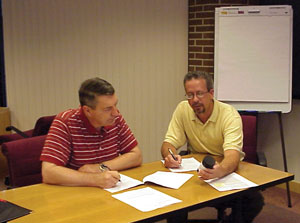
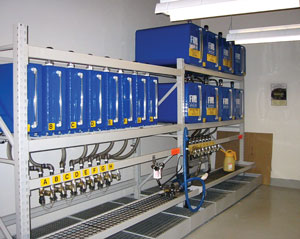
Developing your team Here is a step-by-step process for creating your own team:
- Establish a champion (or champions) – The most important step in organizing your team will be establishing a champion (or champions) for the team. This champion could be you as the subject matter expert in your company or it may be someone in a managerial position that is willing to support the efforts of the team. The champion should request the volunteers that will make up the team.
- Establish the team – From our experience, we recommend that the team be comprised of individuals that have an interest in the subject matter and have the right attitude. The right attitude goes a long way toward implementing an effective program. The size of your team may be dependent on the size of your facility and may be only a few individuals or, as in our case, 12 members. If you don’t think your management will buy into a team, you may need to audit your program to gather the data that clearly indicates the gap that is present in your plant. The audit results along with supporting data – such as documented failures as a result of lubrication problems and vibration analysis data – will assist in establishing the need. It is helpful to assign a monetary value to the gap that exists; however, this value may be hard to come by.
- First team meeting – Once the team has been chosen, a meeting should be called to establish the path forward. This meeting should be a few hours long and establish the structure of the team and the following meetings. Special note: Development of an audit to measure your program should be one of the team’s first responsibilities.
- Future agendas – After the first team meeting, the agenda should be the same each time your team meets. The agenda should have each sub-team reporting on its efforts since the last meeting. The time the sub-team has to present its information should be indicated on the agenda. This will keep the meeting on track and on time. Leave a small amount of time at the end of each agenda to go around the table and discuss any issues or questions the members may have.
- Note: The first meeting is the time to set up each sub-team. Brainstorm the ideas for each sub-team and decide on the merit of each team. Once a final list of sub-teams has been created, determine the leader of each team. Each sub-team leader should then ask for volunteers for his or her team.
- Sub-team work – We have found that the best method for keeping the team moving forward is to develop sub-teams around categories of lubrication excellence. Each sub-team should meet outside the main lube team meeting and set an agenda that allows their work to be accomplished so that progress is seen at each main meeting. The goals of each sub-team need to be established and documented. These goals need to address a valid issue within the plant and include justification as to the reason it exists. Note: Sub-teams may consist of two or three members. Members may be on more than one sub-team. Some examples of sub-teams that you may want to develop:
- Training and education – This team determines the training requirements for all employees and delivers this training on a regular basis.
- Procedures and practices – This team develops and maintains the maintenance procedures that are used on a daily basis by the craftspeople in Eli Lilly plants as well as the tools required to assist in the development and implementation of the lubrication program.
- Auditing – This team is responsible for auditing the lubrication programs at Eli Lilly plants. The audit has become an invaluable tool for the team to measure an area program and to suggest the tasks that are required to bring the area into world class compliance.
- Specifications and approval of lubricants – This team creates and maintains the many lubricant specifications that have been developed for the plants. These specifications are used as the basis for all lubricants that are used throughout the corporation.
- New product and services evaluation – This team is charged with investigating and analyzing the many technology advancements in lubricants, lubrication equipment and tools. These results are then shared throughout the company.
- Communications – This team is responsible for communicating all of the products developed by the entire lube tech committee. This could include the establishment of new products, a newsletter, any presentations to management and recognition of world class programs.
- Create metrics – A method for tracking savings to the company must be established. These metrics should be shared with the management of your plants. Some possible metrics are:
- A reduction in the number of lubricants (same lubricant, different brand)
- The oil purchases saved by eliminating routine oil changes due to performing oil analysis
- The labor involved from not changing oil based on oil analysis results
- The disposal costs of not changing oil
- The savings in grease from accurate lubrication schedules
- The labor savings from the accurate lube schedules
- The return on investment from the lubrication program development
- The labor savings from having the correct lubricants identified for all equipment
- The machinery failure savings
- Reduced equipment downtime from lubrication failures
Results of your efforts It is critical for the future support of the team and the success of the development of a world class lubrication program to publish the results of your efforts. The first communication should be the results of the audit that was performed, which indicates what the gap is for your plant. Then, let everyone at the plant know what your team has identified as the solutions to fill the gaps.
In order to sustain your efforts, the lubrication program, as well as any tools and procedures you have created, should be evaluated at regular intervals.
Conclusion and Considerations: The team concept has worked very well for us at Eli Lilly. It allowed us to make great strides in improving our lubrication programs throughout our company. This effort has resulted in tremendous savings and has increased the reliability of equipment.
As you implement your program, here are some pitfalls to avoid:
- Expectations of immediate results
- Trying to move too fast
- Not first measuring where you are
- Not having a clear goal set
- Not organizing effectively
- Not tying your effort to reliability
- Failure to look at the overall program
- Reluctance to change
- Perception that everything is OK
- Not using metrics to track the progress of your program
- Failure to communicate the results of your work
In closing, we would like to leave you with this thought: Improving a lubrication program will increase equipment reliability. Not improving a lubrication program will guarantee that you never fully achieve reliability.
Companies are looking for champions and people with a vision. Could this be you?
Wayne Ferguson and Tom Hiatt worked together for many years in the maintenance and reliability organization at Eli Lilly. Today, Ferguson is a senior reliability engineer for Eli Lilly in Indianapolis. Hiatt is a reliability engineer for Covance Inc., a company which recently purchased specific Lilly facilities in Indiana.
Related Articles
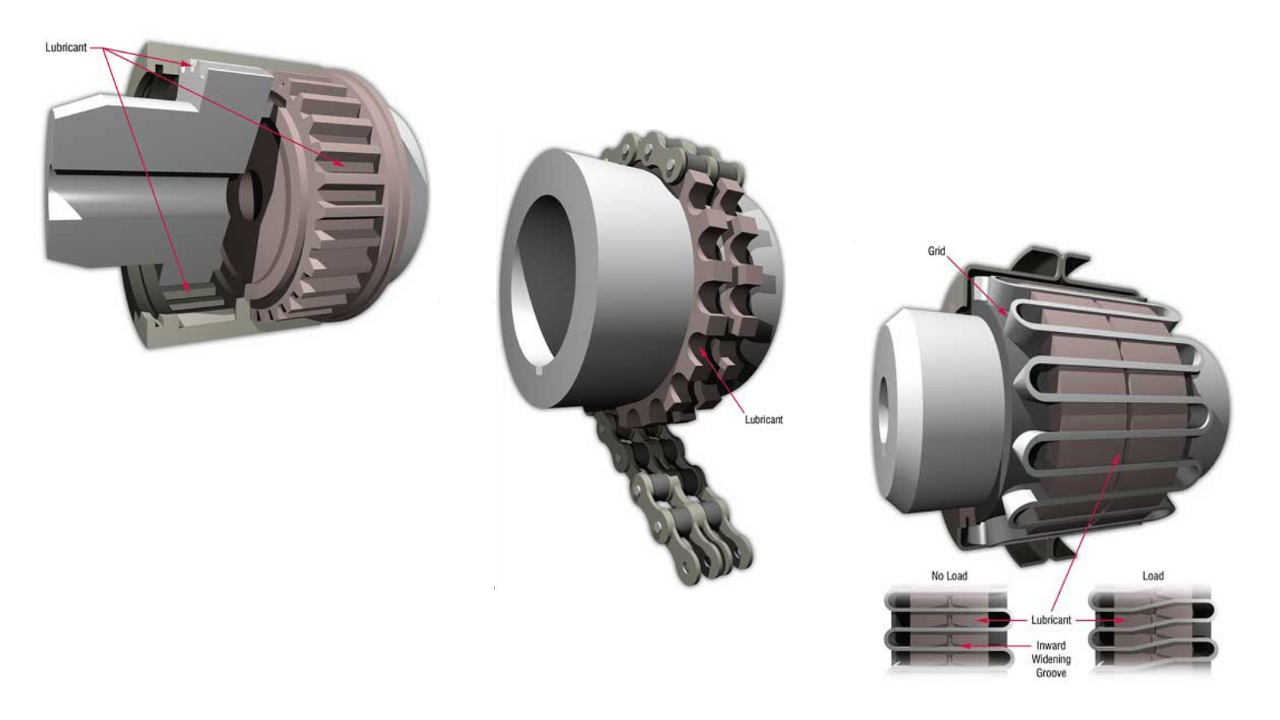
The Lubrication Requirements of Couplings

The Building Blocks to Creating an Effective Lubrication Program

Does Lubrication Belong in the CMMS?
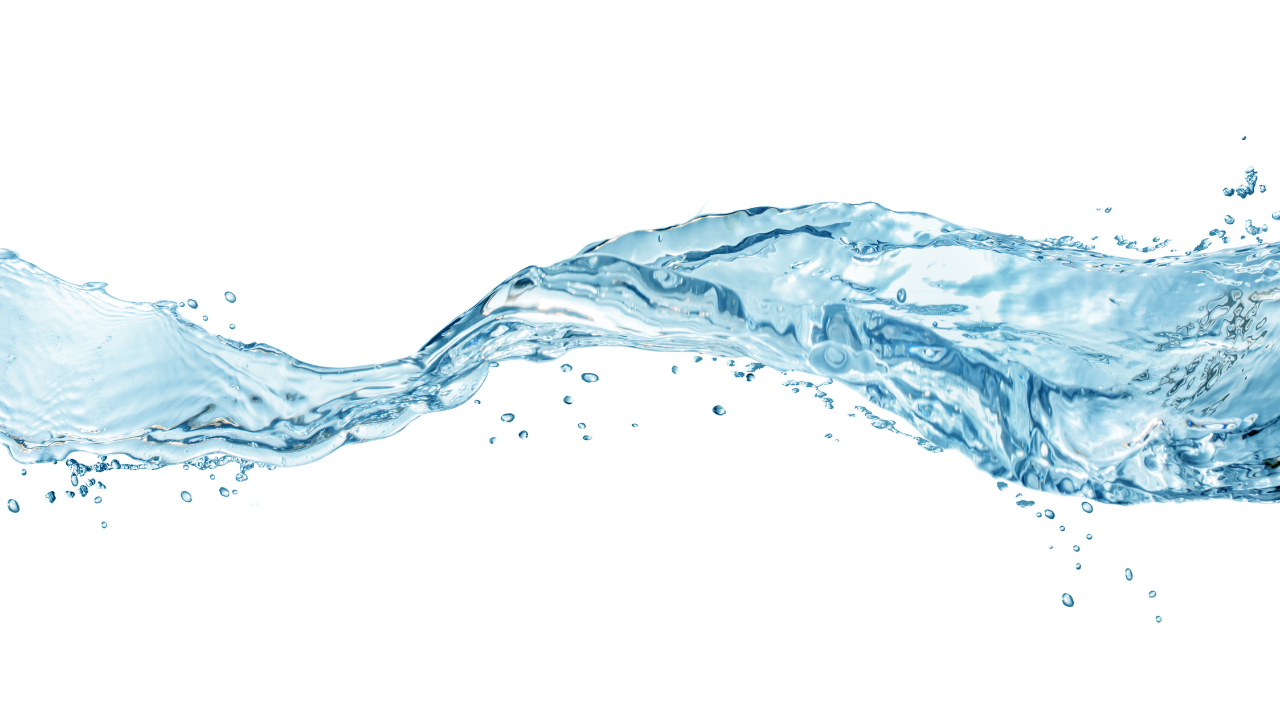
Water Contamination
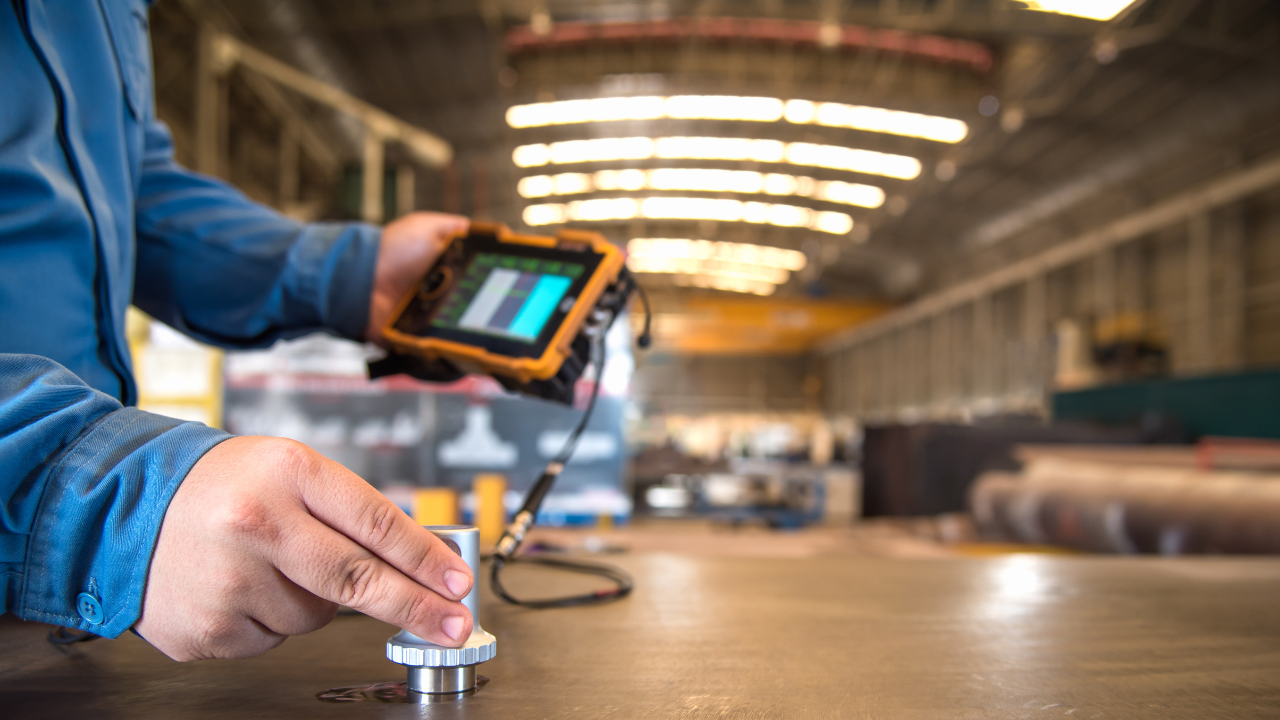
Ultrasound for Better Lubrication

Top Ten Ways Not to be World Class at Machinery Lubrication




